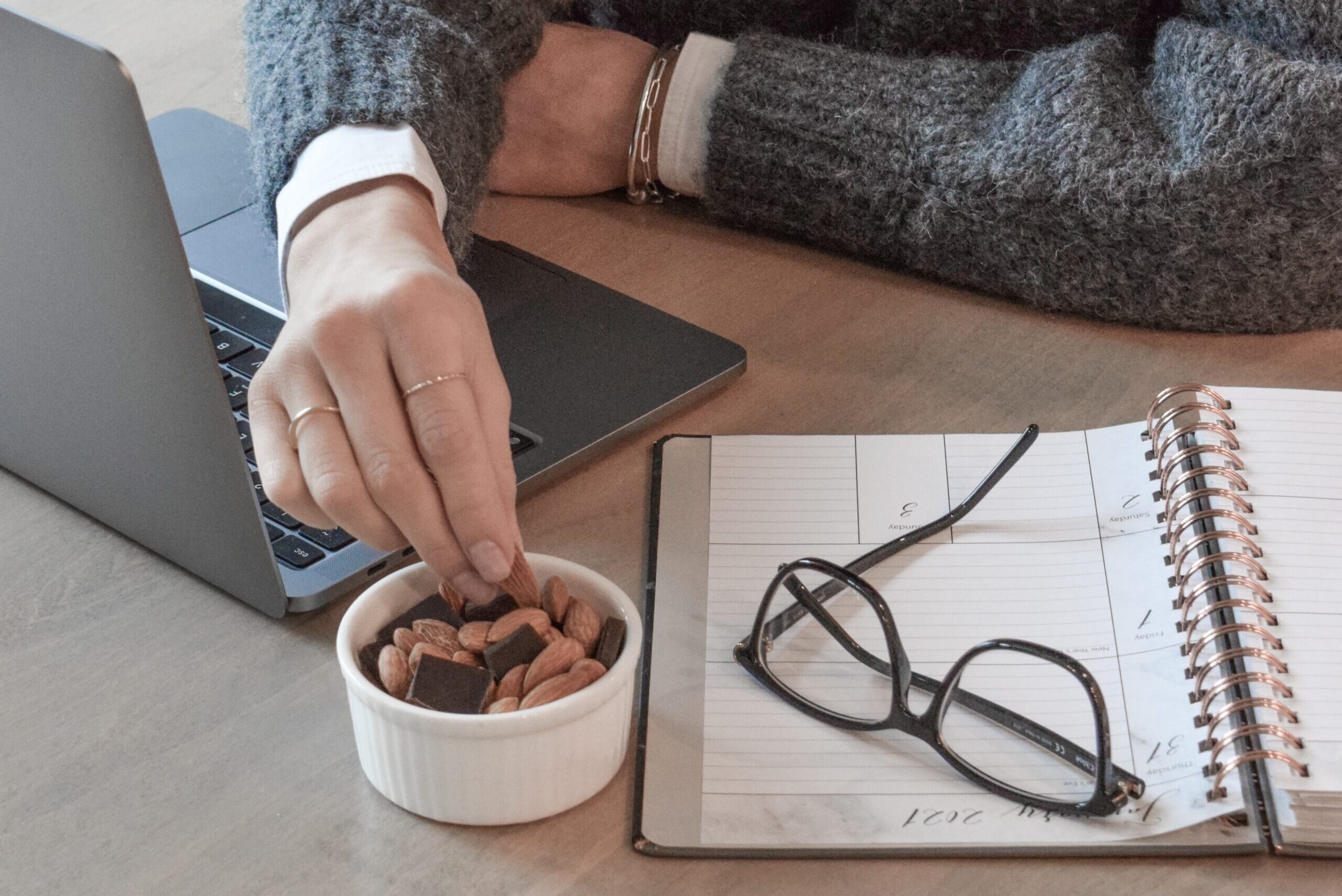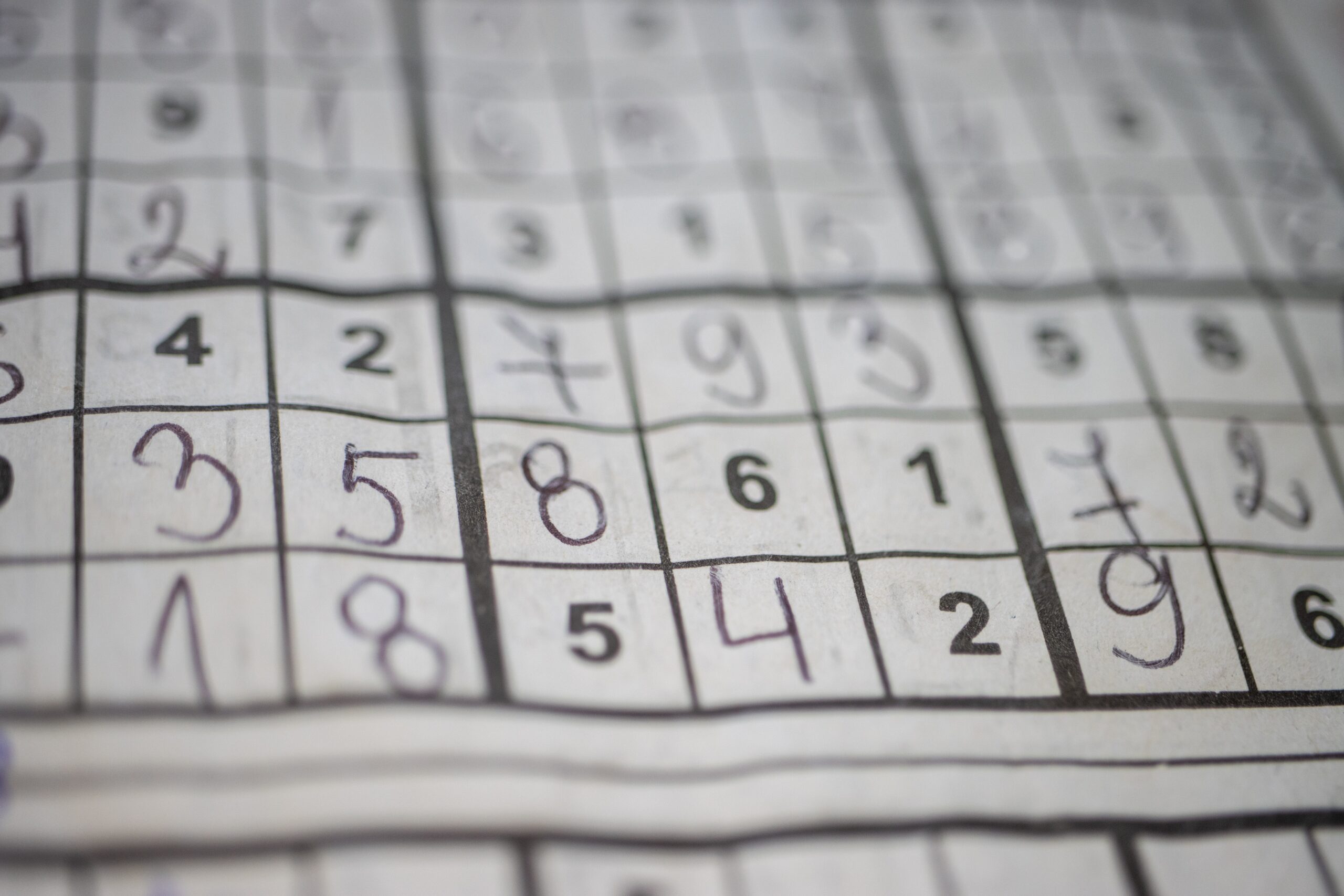The Siren Calls of Sugar
Syft AI uses science to help you make better small choices. Our app learns your habits, and what helps you to break the bad ones. The answer is different for everyone, but here’s some of the strategies Syft uses.
Unhealthy treats often ensnare us during our busiest moments. It’s not just your taste buds at play; your reward system is driving those cravings. But here’s the good news: you can outsmart and distract yourself. When you’re engrossed in work and a craving strikes, it’s essential to have rapid-response tools at your disposal. Something to keep you focussed and temptation-free.
The right tool for the moment can depend on a multitude of factors. Is it stress nudging you towards that chocolate bar, fatigue whispering sweet nothings about comfort food, or is your stomach genuinely signalling the need for fuel? Getting to the heart of your craving is key to conquering it. And let’s not forget the harmony of indulgence and well-being. Life’s little pleasures, like a slice of cake at a party, are there to be enjoyed, striking a delectable balance with the 80/20 rule—stay nourished and wholesome most of the time, but allow yourself the occasional indulgence.
Let’s delve into eight brief but potent strategies to help you stay in control:
1. Brisk Walkabout
A five-minute brisk walk can do wonders. It pumps up your endorphins, gives your eyes a break from screens, and helps refresh your mind. It also gets you out of the situation driving the craving. Just a quick loop around your office or home can shift your focus from the craving. If you don’t want to get out, how about some squats or push ups1? Or even just some gentle stretching?

Quick steps to a clearer mind.
2. Hydration Elation
A two-minute hydration break can be transformative. It’s astounding how often our body confuses thirst with hunger. Sipping on a cool glass of water or relishing the herbal warmth of a tea not only helps in fulfilling the body’s hydration needs but can also provide a sensory diversion from cravings. This simple act has been shown to suppress appetite and even momentarily satiate the feeling of hunger, making it a go-to strategy2.

Moments of liquid clarity.
3. Mindful Breathing
Take a three-minute mindful breathing break. Deep, deliberate breathing acts as a momentary meditation, calming the mind and reducing stress-induced cravings. By centering on each inhalation and exhalation, you can create a mental space where you are present, reducing external and internal distractions, and subsequently, the power of the urge3. To get you started you can try the Calm or Mindspace apps or Yoga with Adrienne videos on YouTube. When you are present you can also evaluate whether you are genuinely hungry, or if something else is driving the craving.

Breathful breaks amidst bustling hours.
4. Engaging Entertainment
While it might seem counterproductive, giving yourself permission to indulge in a quick, compelling article, an inspirational video can be a fantastic distraction. However, steer clear of social media during this break. It often contains inadvertent triggers and can lead to mindless scrolling. The idea here is genuine engagement. When your mind is engrossed in a narrative or actively learning, it momentarily replaces the focus from your craving to the content4.

Stories that sidetrack our senses.
5. Healthy Snack Attack
Having a stash of quick, healthy snacks within reach can be a game-changer. Choices like almonds, apples, baby carrots, or even biltong and beef jerky cater to various dietary needs and preferences. When cravings hit, these snacks offer the sensory engagement – the crunch, the taste, the act of eating and chewing – that your brain might desire, all without the guilt or empty calories of unhealthy alternatives. Taking 15 minutes outside work to prep some containers of healthy snacks to take to work can pay real dividends5.

Quick bites, wise delights.
6. Creative Break
There’s a therapeutic beauty in channelling energy. Whenever cravings strike, redirect that yearning into doodling or jotting down thoughts for a few minutes. This small act of creativity diverts your mind and also leaves you with a sense of accomplishment. Interestingly, doodling has been linked with enhanced cognitive performance and creative thinking6.

From craving cues to creative clues.
7. Musical Interlude
Music has a profound impact on our mood and cognition. When a craving hits, consider tuning into a genre that elevates your spirits. Dance tracks can energise you, transporting your mind into a lively space where cravings feel distant. Rock can offer a sense of motivation and determination. Romantic tunes might evoke emotions and memories that overshadow the momentary pull of cravings. The key is to select a genre that resonates with you in the moment, ensuring a mental shift away from the craving7.

Three-minute tunes that turn the tide.
8. Quick Quiz
Engage your brain with a mini-challenge when cravings strike. Whether it’s a rapid-fire quiz or a brain-teaser, the key is to immerse your brain in solving something. Puzzles, in particular, offer an absorbing escape; they require concentration, pattern recognition, and problem-solving. This cerebral engagement acts as an effective counterbalance to the emotional pull of cravings, shifting your focus from the immediate temptation to the task at hand8.

Puzzle away hunger pangs.
- Ledochowski, L., Ruedl, G. , Taylor A. H.,Kopp M. (2015). Acute Effects of Brisk Walking on Sugary Snack Cravings in Overweight People, Affect and Responses to a Manipulated Stress Situation and to a Sugary Snack Cue: A Crossover Study. PLoS ONE, 10(3), e0119278.
- McKiernan, F., Houchins, J. A., & Mattes, R. D. (2008). Relationships between human thirst, hunger, drinking, and feeding. Journal of Physiology & Behavior, 94(5), 700–708.
- Mason, A. E., et al. (2018). Effects of a mindfulness-based intervention on mindful eating, sweets consumption, and fasting glucose levels in obese adults: data from the SHINE randomized controlled trial. Journal of Behavioral Medicine, 41(2), 204-214.
- Biswas-Diener, R. (2009). Personal coaching as a positive intervention. Journal of clinical psychology, 65(5), 544-553.
- Mattes, R. D., & Campbell, W. W. (2009). Effects of food form and timing of ingestion on appetite and energy intake in lean young adults and in young adults with obesity. Journal of the American Dietetic Association, 109(3), 430-437.
- Andrade, J. (2010). What does doodling do? Applied Cognitive Psychology, 24(1), 100-106.
- Thoma, M. V., La Marca, R., Brönnimann, R., Finkel, L., Ehlert, U., & Nater, U. M. (2013). The effect of music on the human stress response. PLoS ONE, 8(8), e70156.
- Lotte F van Dillen, Jackie Andrade. (2016) Derailing the streetcar named desire. Cognitive distractions reduce individual differences in cravings and unhealthy snacking in response to palatable food. Appetite, 96, 102-110.
